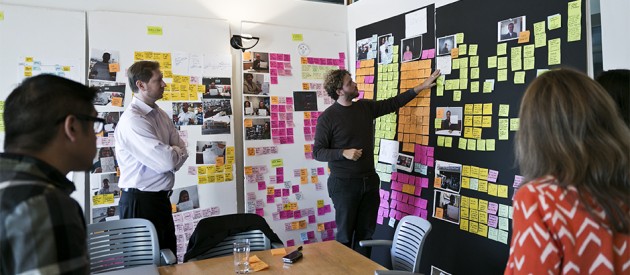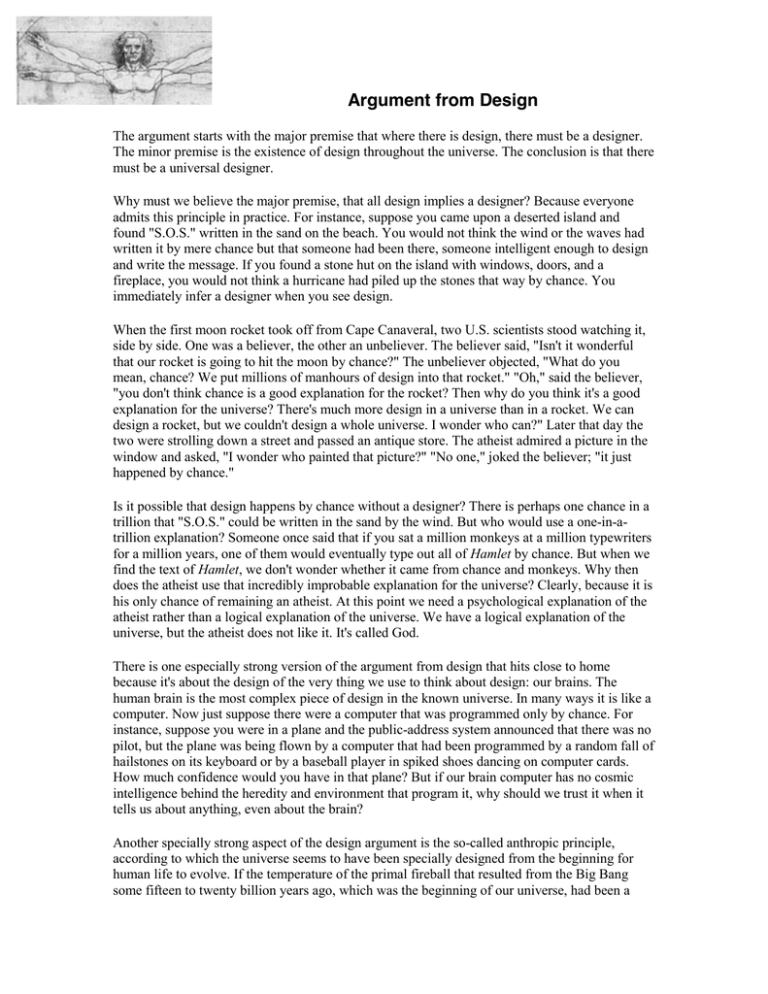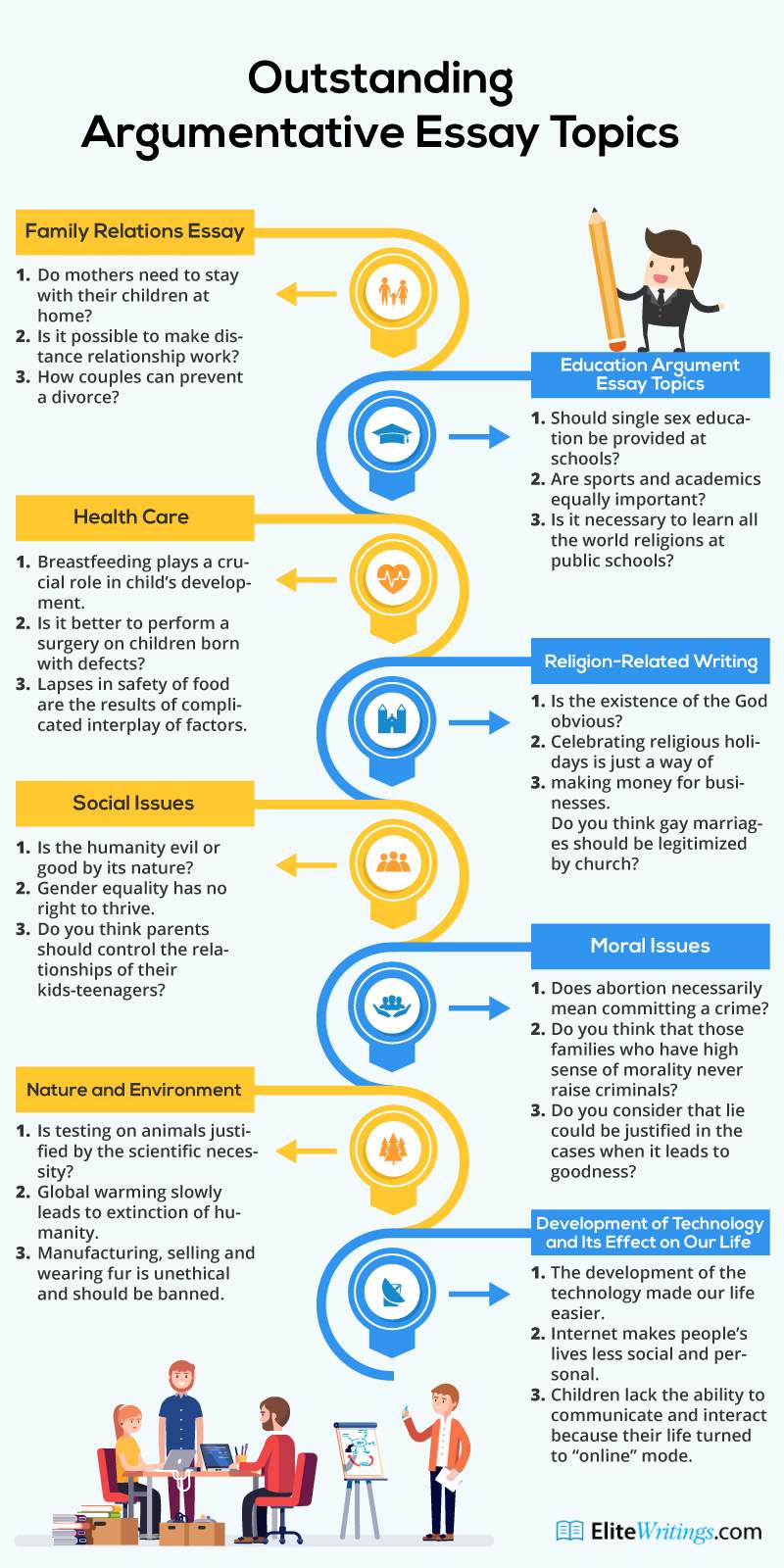Table Of Content
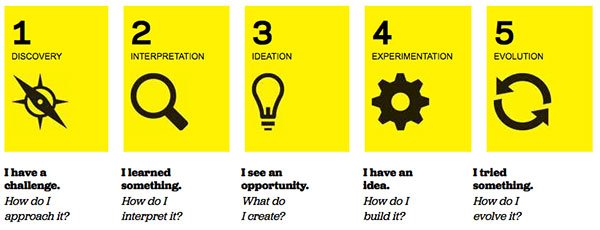
IDEO’s AI Ethics Cards are a tool to help guide an ethically responsible, culturally considerate, and humanistic approach to designing with data. ExperienceInnovation is a workshop in innovation, giving teams meaningful experience with design thinking. This design thinking site is just one small part of the IDEO network. There’s much more, including full online courses we've developed on many topics related to design thinking and its applications. We fundamentally believe in the power of design thinking as a methodology for creating positive impact in the world—and we bring that belief into our client engagements as well as into creating open resources such as this. Enables personalizing ads based on user data and interactions, allowing for more relevant advertising experiences across Google services.
Design Thinking of Innovation
By replacing “user” with “human,” designers can empathize better with the people for whom they are designing. Don Norman takes HCD a step further and prefers the term People-Centered Design. In this video, Laura Klein, author of Build Better Products, describes a typical challenge designers face on agile teams. She encourages designers to get comfortable with the idea of a design not being perfect.
Common Elements of Design Thinking Frameworks
The Circular Design Guide - ellenmacarthurfoundation.org
The Circular Design Guide.
Posted: Fri, 05 Apr 2024 19:09:45 GMT [source]
This story should not just inform them about the potential solutions. Phones that capitalize on the design thinking process also put in a lot of effort to understand the customer. We have got different means and mechanisms to gather inspiration for innovation.
A Complete Guide To Design Thinking In 2024 - FourWeekMBA
A Complete Guide To Design Thinking In 2024.
Posted: Sun, 07 Jan 2024 08:00:00 GMT [source]
The Deep Dive
During ideation, the product team, designers and software engineers brainstorm possible solutions to the problem. It is largely about prioritization and the ordering of ideas and intentions. IDEO is a leading design consultancy and has developed its own version of the design thinking framework and adds the dimension of implementation in the process. The design sprint is Google Ventures’ version of the design thinking process, structured to fit the design process in 1 week.
Different implementation frameworks or models have different names and numbers of stages, but they all consist of the same principles and all involve points at which you will empathize, reframe, ideate, prototype and test. Let’s now take a quick look at 10 popular frameworks to further understand this innovative and revolutionary process. At the early stages of the customer discovery process, gathering qualitative insights and “walking in users’ shoes” can form an organic understanding of a product problem from customer eyes.
Stage 3: Ideate—Challenge Assumptions and Create Ideas
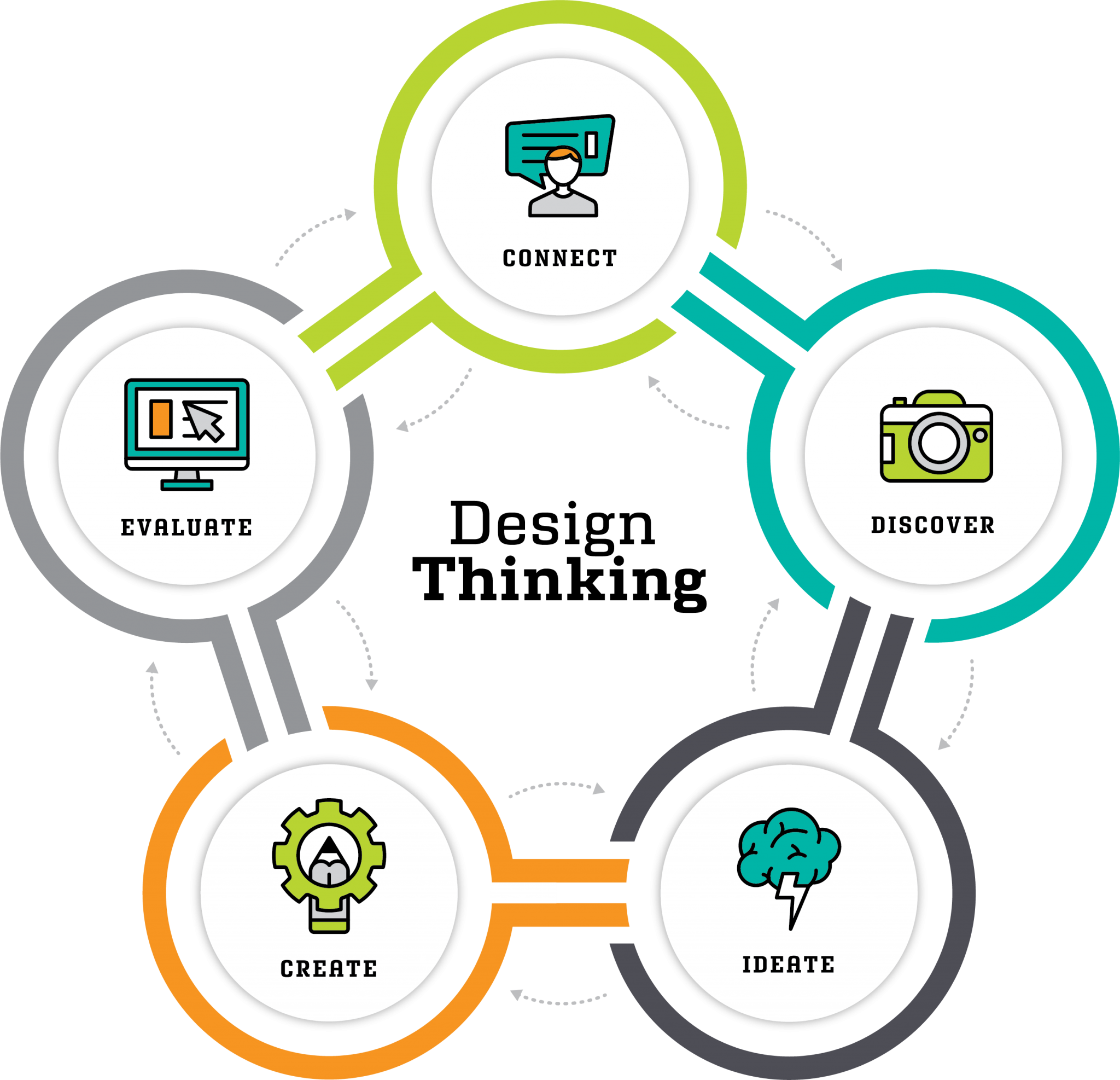
Design thinking refers to human-centric approaches used to solve problems and address roadblocks in the design process. It can be applied to various types of problems inside and outside product design, and works to be solution-based rather than problem-based. This is the final step of the design thinking process proposed by IDEO. What’s the storyline for your solution are ready you have to share it with the relevant people inside the organization.
Products and services
Systems thinking is another approach to problem-solving that looks at the big picture instead of specific problems in isolation. Systems thinking has applications in various fields, such as medical, environmental, political, economic, human resources, and educational systems. Start applying these methods to your work today with the Design Thinking template bundle. Béla H. Bánáthy, founder of the White Stag Leadership Development Program, created the “divergence-convergence” model in 1996. In the mid-2000s, the British Design Council made this famous as the Double Diamond model. Design thinking is more about exploring and defining the right problem and solution, whereas agile is about efficiently executing and delivering a product.
What are the 5 stages of design thinking?
The goal is to gain a deep understanding of the users and their ideal solution/product. Geared towards classroom learning, this course shows you how to apply design thinking to a variety of K-12 school settings. The end goal is to find innovative, pragmatic solutions to educational challenges, with the hope of improving schools and school systems. The Teachers Guild is a professional community that activates teachers’ creativity to solve the biggest challenges in education today. While learning and doing design thinking, teachers build their creative muscles and connect to diverse partner organizations that are committed to bringing their solutions to life.
As the concept has spread, it hasn't always retained a consistent meaning, nor a uniform depth. The term "design thinking" can be used as currency without a true commitment to understanding and applying the practice. At IDEO, we believe that applying design thinking with integrity means continuing to deepen and refine—to be lifelong learners and practitioners at the same time. These examples illustrate how Design Thinking can be applied across a wide range of industries and contexts to create innovative products, services, and solutions that address user needs, and drive business success. Design Thinking is characterized by its collaborative and iterative nature, emphasizing creativity, empathy, and experimentation. It encourages a bias towards action and a willingness to embrace ambiguity and failure as part of the innovation process.
However, in practice, the process is carried out in a more flexible and non-linear fashion. What’s more, results from the Test stage may reveal new insights about users which lead to another brainstorming session (Ideate) or the development of new prototypes (Prototype). Design thinking leverages a flexible approach to problem solving, where solutions don’t have to be designed in a linear fashion. This allows teams to complete steps in any order they choose or delegate more time to certain steps over others based on their needs, making for possibly unique or innovative solutions. Additionally, design thinking encourages the sharing of ideas from multiple perspectives like designers, users and stakeholders to solve problems, making for various creative solutions that can arise.
At IDEO, we’re often asked to share what we know about design thinking. Here, we introduce design thinking, how it came to be, how it is being used, and steps and tools for mastering it. You’ll find our particular take on design thinking, as well as the perspectives of others. Everything on this site is free for you to use and share with proper attribution.
A portfolio is essential if you want to step into or move ahead in a career in the world of human-centered design. It is important to note the five stages of design thinking are not always sequential. They do not have to follow a specific order, and they can often occur in parallel or be repeated iteratively. The stages should be understood as different modes which contribute to the entire design project, rather than sequential steps. By the end of the Prototype stage, the design team will have a better idea of the product’s limitations and the problems it faces. They’ll also have a clearer view of how real users would behave, think and feel when they interact with the end product.
For IDEO founder David Kelley, creative confidence is the belief that everyone is creative, and that creativity isn’t the ability to draw or compose or sculpt, but a way of understanding the world. The d.school also represents this 5-stage process through their hexagonal design thinking visualization. This ensures the stages are seen more as enablers or modes of thinking, rather than concrete linear steps. If you’re going to adopt a design thinking framework, it’s wise to do an internal audit of your staffing needs, said Marcello Magalhaes, founder and chief design officer at brand design firm Speakeasy. His firm helps clients like Coca-Cola, Fanta, McDonald’s and Burger King find the right creative talent for special product launches and branding campaigns — roles that often don’t exist in-house.
This class teaches you how to create technologies that people actually like to use, and helps you conduct fieldwork to get a better sense of what people want by asking the right questions in interviews. You can also take other courses in the Interaction Design Specialization. Looking to solve a problem, grow your team’s capabilities, or build new strategy?
It puts a focus on finding design solutions that get to the root of why a user or product problem occurs, rather than focusing on fixing the problem alone. Design thinking tends to be non-linear and iterative in its process to identify areas for improvement at each step of design. UX, UI and product designers may utilize design thinking to develop products and services that effectively address user needs. Design thinking is a methodology which provides a solution-based approach to solving problems. When you know how to apply the five stages of design thinking you will be impowered because you can apply the methodology to solve complex problems that occur in our companies, our countries, and across the world. Design thinking methods and strategies belong at every level of the design process.




